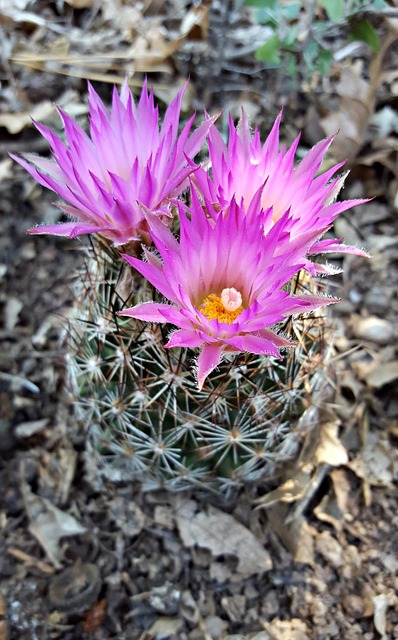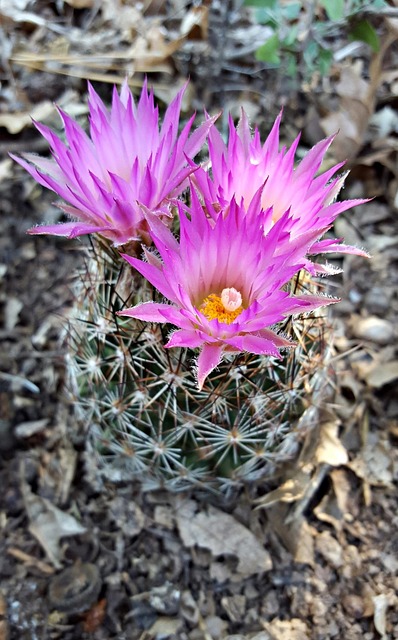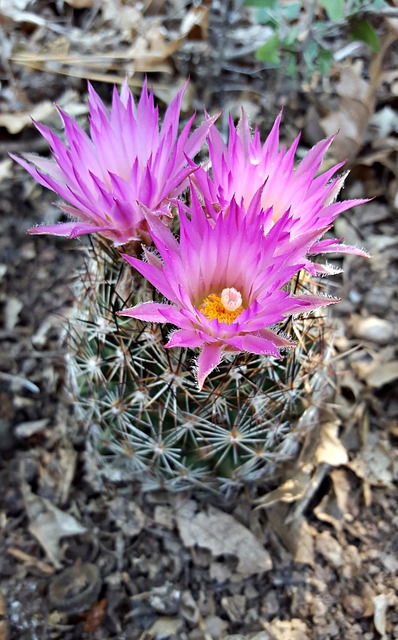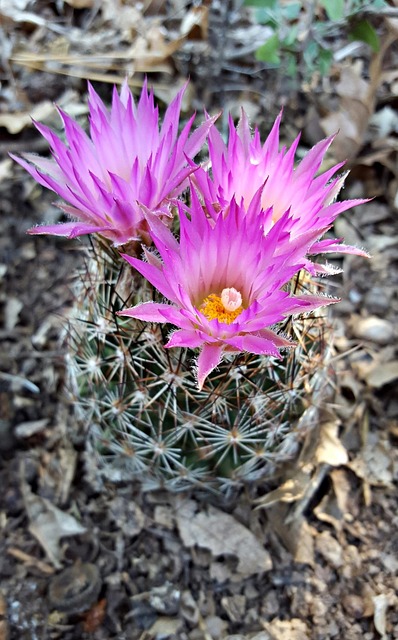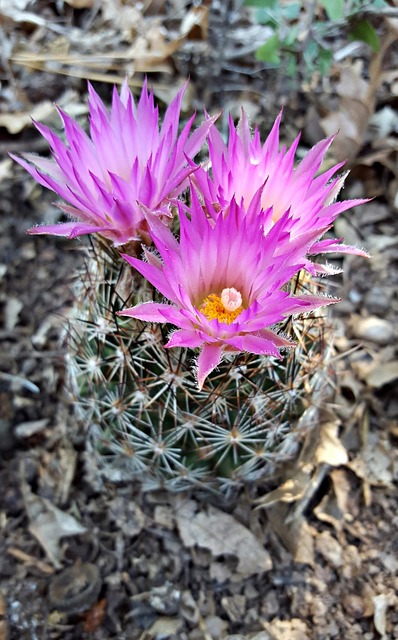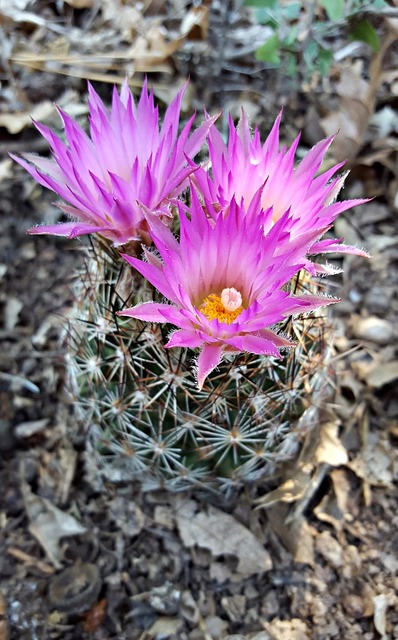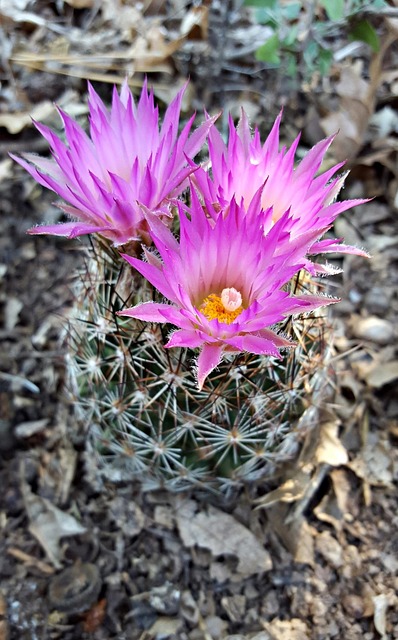Hillside communities' vibrant colors and unique architecture significantly boost their real estate value by fostering community and individual expression. Architects must balance aesthetics and functionality when designing for steep hills, mimicking natural terrain with stepped designs and using colors that echo local flora or complement the landscape. Successful urban planning examples, like Granada's colorful district and Seattle's Hillsdale neighborhood, demonstrate how innovative design can transform slopes into stunning landscapes, enhancing quality of life and attracting residents with unique, functional, and aesthetically pleasing homes.
“Discover how colorful architecture transforms steep hills into visually stunning landscapes that boost real estate value. Explore the harmonious blend of design and nature, as vibrant buildings climb urban slopes. This article delves into the aesthetic allure of hillside communities, offering insightful case studies on successful architectural integrations. From practical design considerations to the power of visual appeal, we uncover strategies for creating desirable, colorful hilltop spaces that captivate buyers in today’s market.”
The Visual Appeal of Hillside Communities: How Colorful Architecture Enhances Real Estate Value
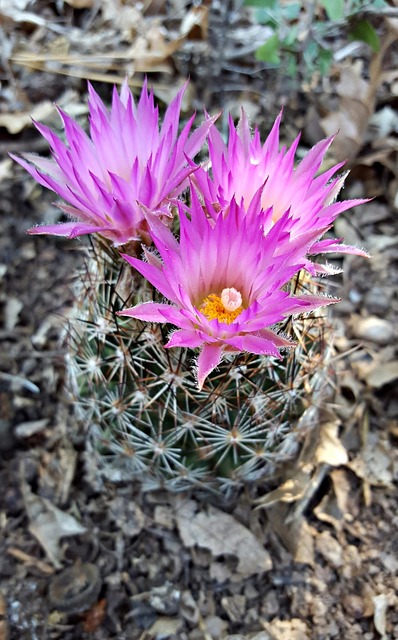
The picturesque landscapes of hillside communities often capture the essence of a vibrant and desirable living environment. Colorful architecture, with its array of hues and designs, plays a pivotal role in enhancing the visual allure of these neighborhoods. When homes and buildings adorn steep hillsides with their vibrant colors, it instantly catches the eye, creating a captivating first impression for potential residents and investors alike. This aesthetic appeal is not merely superficial; it significantly contributes to the overall real estate value of the area.
Real estate experts attribute the increased desirability and premium pricing in hillside communities to the unique architectural features that embrace the terrain’s challenges. Colorful buildings, with their creative integrations into the natural setting, foster a sense of community and individual expression. This blend of art and architecture becomes a selling point, attracting buyers who seek not just a home but an experience. As a result, colorful architecture lines steep hillsides can be viewed as a strategic investment, where visual appeal meets real estate potential, creating a harmonious synergy that benefits both residents and the local market.
Design Considerations for Steep Hill Landscapes: Creating Harmonious Spaces
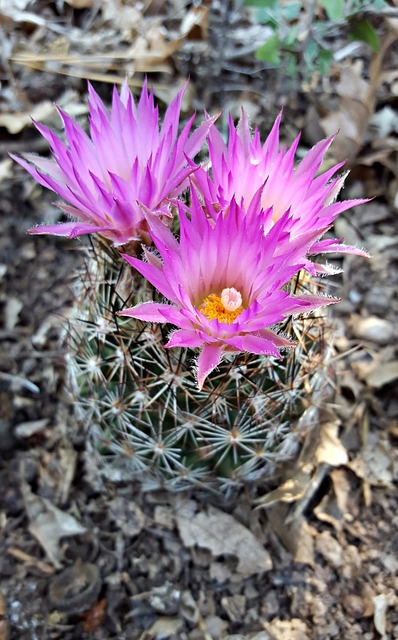
When designing architecture for steep hill landscapes, a harmonious blend with the surrounding environment is crucial in real estate. Architects must carefully navigate the challenges posed by inclines and slopes to create visually appealing and functional spaces. One key consideration is adopting a stepped or terramanized approach, where the building’s structure mimics the natural contour of the hills, reducing the visual impact on the landscape.
The use of vibrant colors can enhance this integration. Choosing hues that echo the hues found in the local flora or complementing the existing tonal palette of the hills can make the architecture blend seamlessly. This design strategy not only creates a picturesque scene but also ensures the structures feel like organic extensions of the hill, fostering a connection between the built and natural environments.
Case Studies: Successful Integrations of Vibrant Architecture on Sloped Terrain in Urban Settings
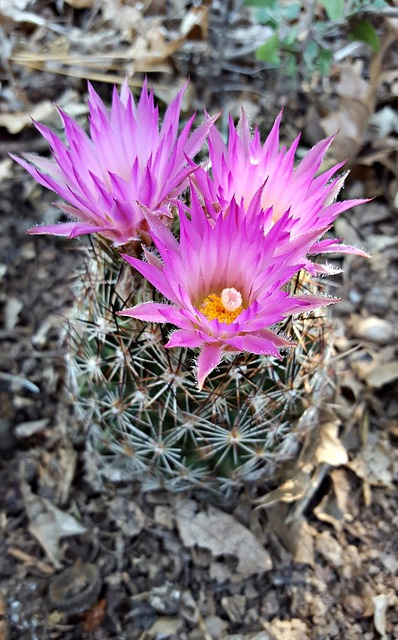
In urban planning and real estate, integrating vibrant architecture on sloped terrain presents a unique challenge. However, several successful case studies showcase how creative design approaches can transform steep hills into stunning urban landscapes. For instance, the colorful buildings in the historic district of Granada, Spain, illustrate the art of adapting to uneven terrain while injecting vibrancy into the cityscape. Here, architects utilized the slope as an asset, incorporating stairs and terraces that not only navigate the topography but also create a visually captivating experience for residents and visitors alike.
Another noteworthy example is the recent revitalization of Hillsdale, a neighborhood in Seattle known for its steep slopes. Local developers partnered with designers to create a community that embraces the natural terrain. By integrating vibrant colors and diverse architectural styles, they’ve developed a unique micro-neighborhood that attracts young professionals and families seeking an alternative urban living experience. This transformation demonstrates how innovative design can enhance quality of life in densely populated areas, blending aesthetics with functionality on sloped real estate.
